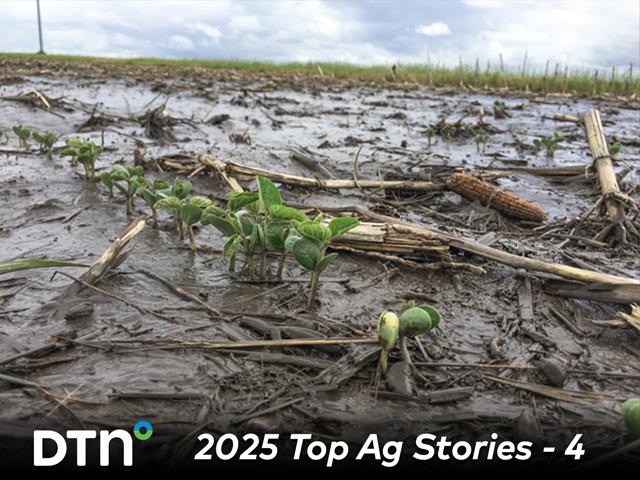Sort & Cull
Keep an Eye on 2023 Fall Feeder Cattle Contracts
If there's one thing cattlemen can bank on, it's that no two markets are ever the same. Given the drastic change in our cattle market (thanks to the shifting tide of today's cattle cycle), we know that 2023, 2024 and potentially even 2025 are expected to be more profitable years for cow-calf producers and feeders. However, that doesn't mean that money is going to fall from the sky and cattlemen will walk carelessly down easy street. Heading into this year and the immediate years to follow, cattlemen need to be engaged in the marketplace and ready to make sound decisions when the time comes.
One thing I'd encourage all producers to do this year is to keep an eye on the fall 2023 feeder cattle contracts. Early this year, there was easily a $10.00 to $15.00 spread between the spot market and the deferred contracts. But as the live cattle market has seen boxed beef prices maintain excellent consumer support, and cash cattle prices continue to rise, the spread between today's feeder cattle market and the deferred months has grown. Today's (Feb. 14) spot March 2023 feeder cattle contract is currently trading at $186.37, with the deferred August 2023 contract trading at $208.07 (a spread of $21.71), and the further out you look, the wider the spread is. The spread between today's March 2023 contract and the September 2023 contract is $24.30, and the spread between today's March contract and the October 2023 feeder cattle contract is $26.73.
P[L1] D[0x0] M[300x250] OOP[F] ADUNIT[] T[]
Regardless whether you're someone who looks to utilize placing a hedge on the futures market or managing your risk via a policy with a livestock risk protection (LRP) plan, it's important to know what these contracts are doing and what the market is telling us fundamentally.
First, it's extremely apparent the market is soberly aware of the fact that feeder cattle supplies are going to grow even tighter in the second half of the year, which is why we are seeing such a price difference between the spot and deferred contracts.
Second, the deferred contracts will be priced against the new-corn crop in 2023. It's too early to know what corn prices are going to be in 2023, but wouldn't it nice if we did know! By late spring, USDA will have a better understanding of what acres were planted and what the moisture situation is. Today's March 2023 corn contract is trading at $6.85 per bushel, while the September 2023 corn contract is trading at $6.12 per bushel and the December 2023 corn contract is trading at $5.97 per bushel. And while those prices are still substantially higher than what the market saw in 2014 when corn prices traded between $3.35 and $5.25 per bushel, any decrease in the cost of inputs will be warmly welcomed by cattlemen.
Given that we're only in the second month of the new year, there's still a lot that could change, evolve and take shape in the cattle market that we don't foresee right now. The deferred feeder cattle contracts are subject to volatility given that they're still waiting for the market's developments (moisture, new-corn crop announcements, beef demand) to come to fruition before they can pinpoint exactly what feeder cattle prices will be this fall. In order to be active and informed participants of the market later this year, cattlemen need to start studying the market's behavior today.
ShayLe Stewart can be reached at ShayLe.Stewart@dtn.com
(c) Copyright 2023 DTN, LLC. All rights reserved.






Comments
To comment, please Log In or Join our Community .